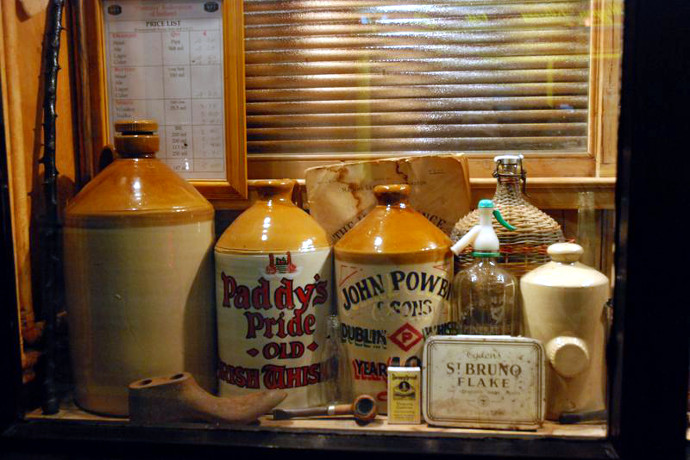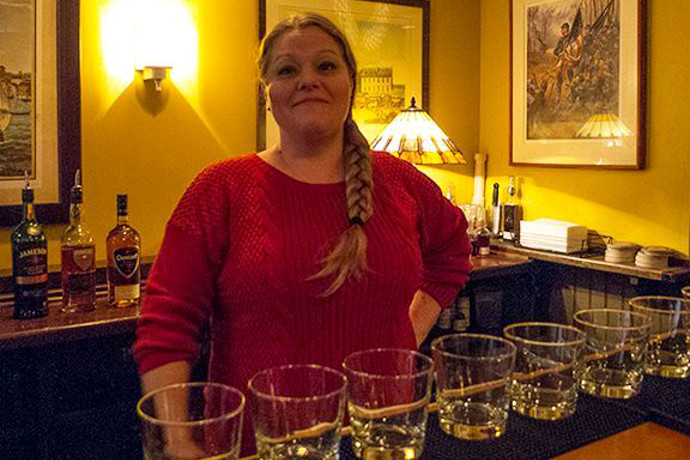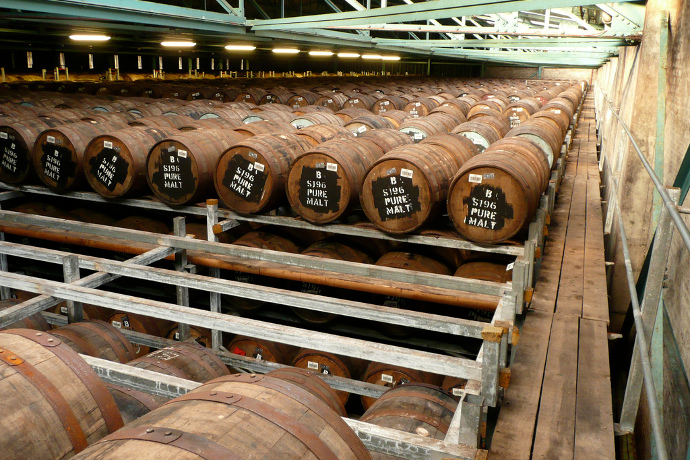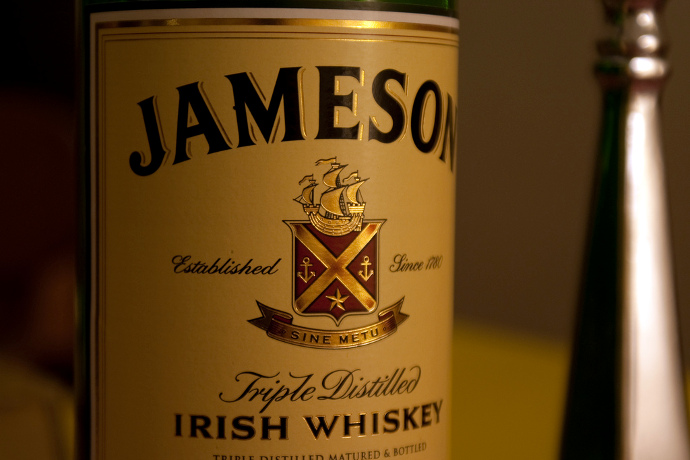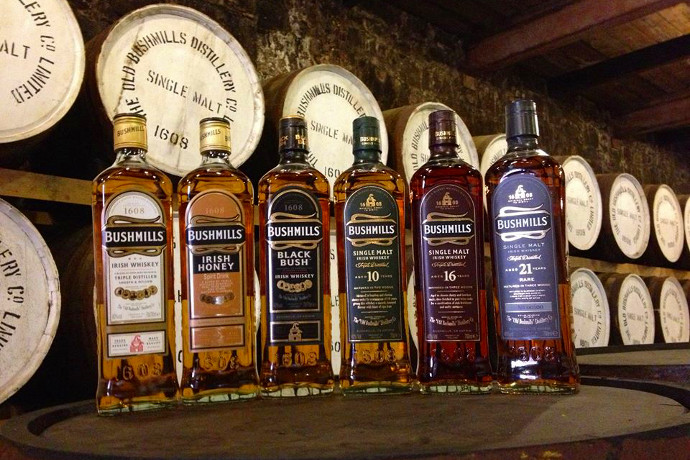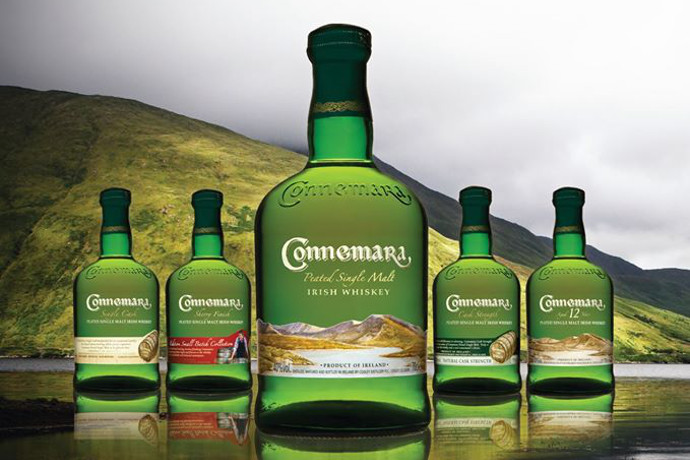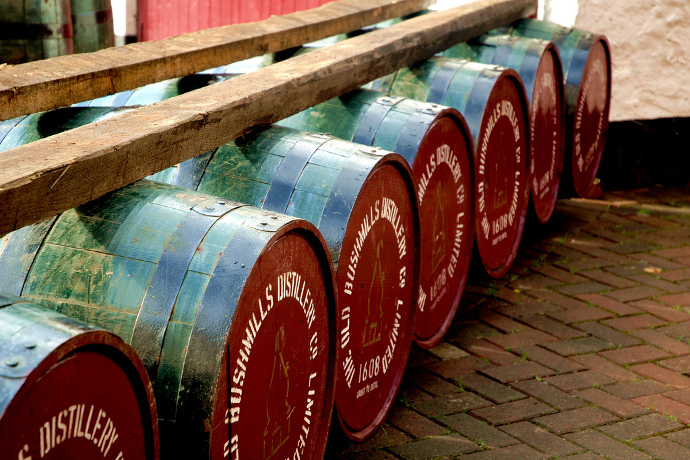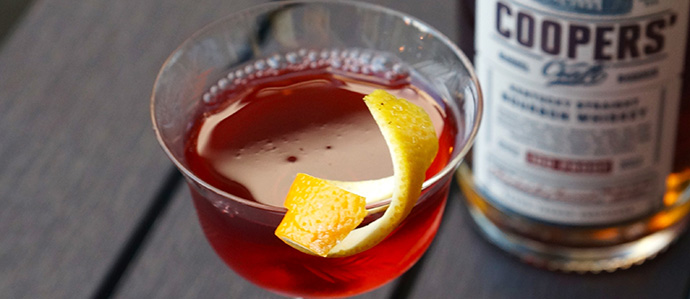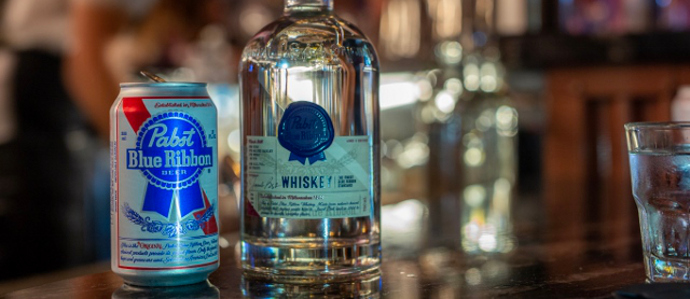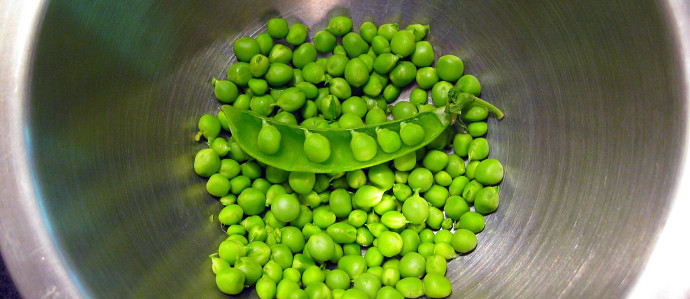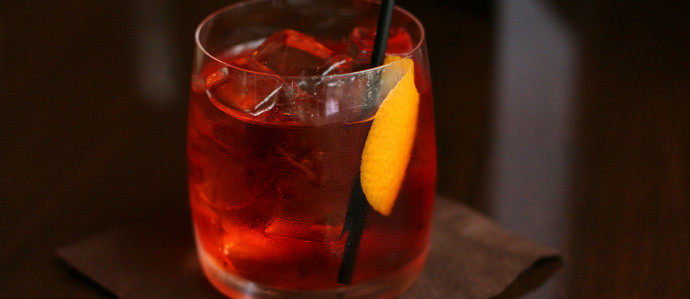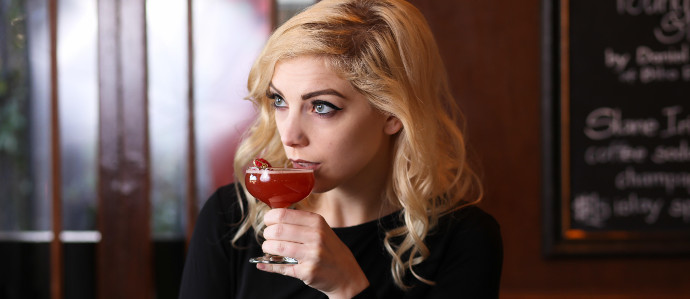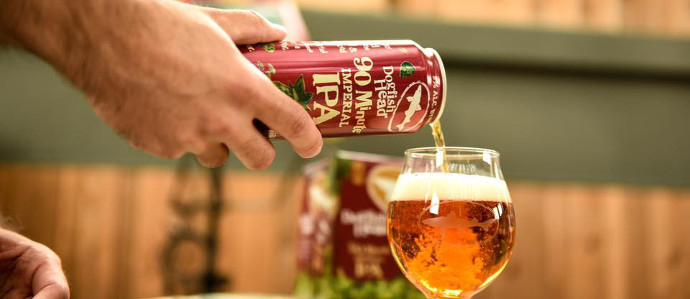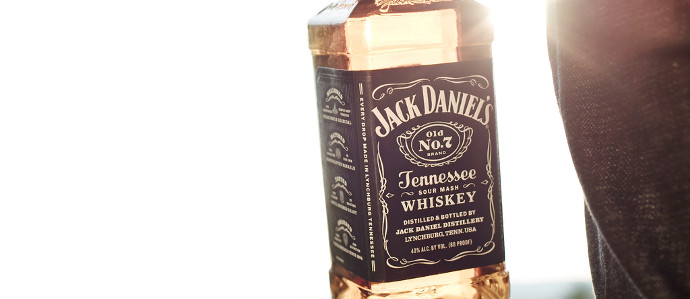Irish Whiskey 101: A History and Tasting Guide |
Irish Whiskey History 101:
Those who know history will be better able to appreciate drinking it.
By the end of the 1600s, distillation had long been underway around the world. On one local level, though, things were about to undergo some stringent changes. 1725 saw the establishment of the English malt tax, a law that didn’t stop at the English borders. In Scotland, distillation either stopped or went underground. Some people attribute the word “moonshine” to that era – smoke from stills being harder to see at night – but the word predates those sly stills by a century and a half. At any tax-evading rate, the Scots took their stills into hiding, and the Irish took to making their whiskies in pot stills, with unmalted grains.
1822 saw the invention of the Coffey still, a continuous still. The Scots were relatively quick to adopt this new technology, and there was mass production of Scotch whisky. In Ireland, Baker says, “There was a lot of bickering . . . about whether this was the appropriate way to make whiskey.” Pot stills and old-school craft won out.
For more than a century – clear through the 1900s – Irish whiskey was respected, appreciated and very popular. The blow that dented Irish whiskey sales was a political act. “Because of the Troubles between the Irish and the English, there was a blockade on export, and then American Prohibition happened.” Prior to Prohibition, “America was the largest market for Irish whiskey in the world.” Welcome, Ireland, to a dry new era.
Not that they didn’t have an escape hatch. One was offered to them. They didn’t take it. “During Prohibition,” Baker says, “Al Capone traveled to Ireland to talk with them about bootlegging and Irish whiskey. The Irish said, ‘We’ve got enough troubles going on right now. We’ve got this blockade and we’re fighting . . .’ There were a lot of things happening politically in Ireland, especially in the North. They said no.”
The story doesn’t end there. “Al Capone went to the Scots . . . The Scots started sending Scottish whisky through Canada, and Al Capone and his cronies started distributing it through the United States. And that’s why the American palate leans towards Scotch, because that’s what was available to them.”
Not much changed “until Barry Crockett started producing for Midleton in the 1970s” and Irish distillers started working together to rebuild the market.
In short, if you don’t give good Irish whiskey a serious try, you’re stuck in the past. Prohibition is over, the blockade has been lifted, and the Troubles are over. It’s time to rediscover the delights of Irish spirits, malted and not.
4/8
Photo via Flickr
Inside Look: Campari's Stylish North American Headquarters in New York
Behind the Bar: Liana Oster of Dante






